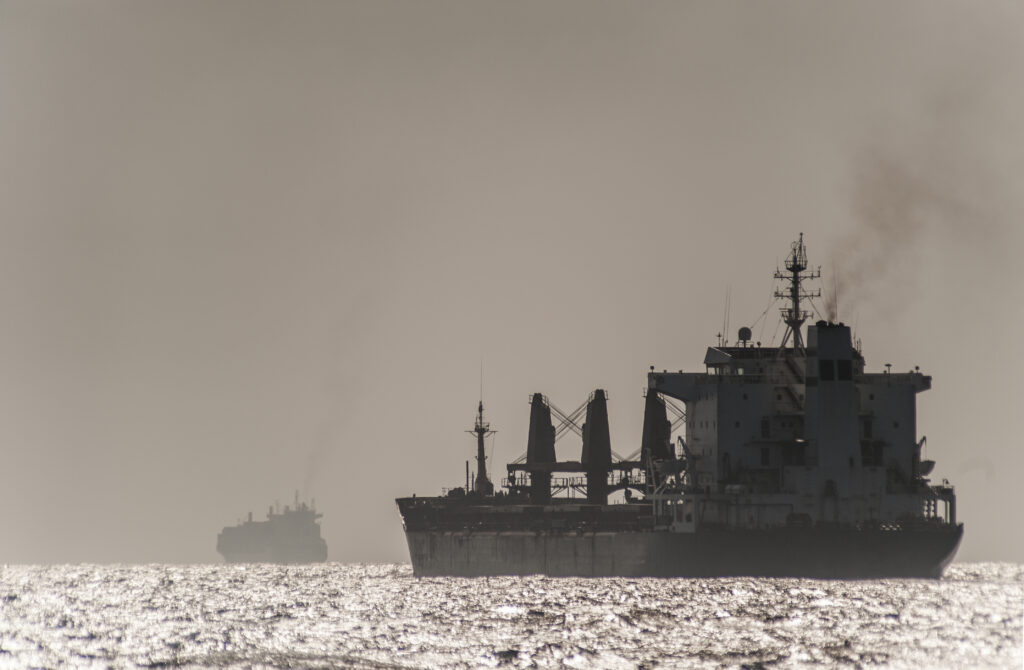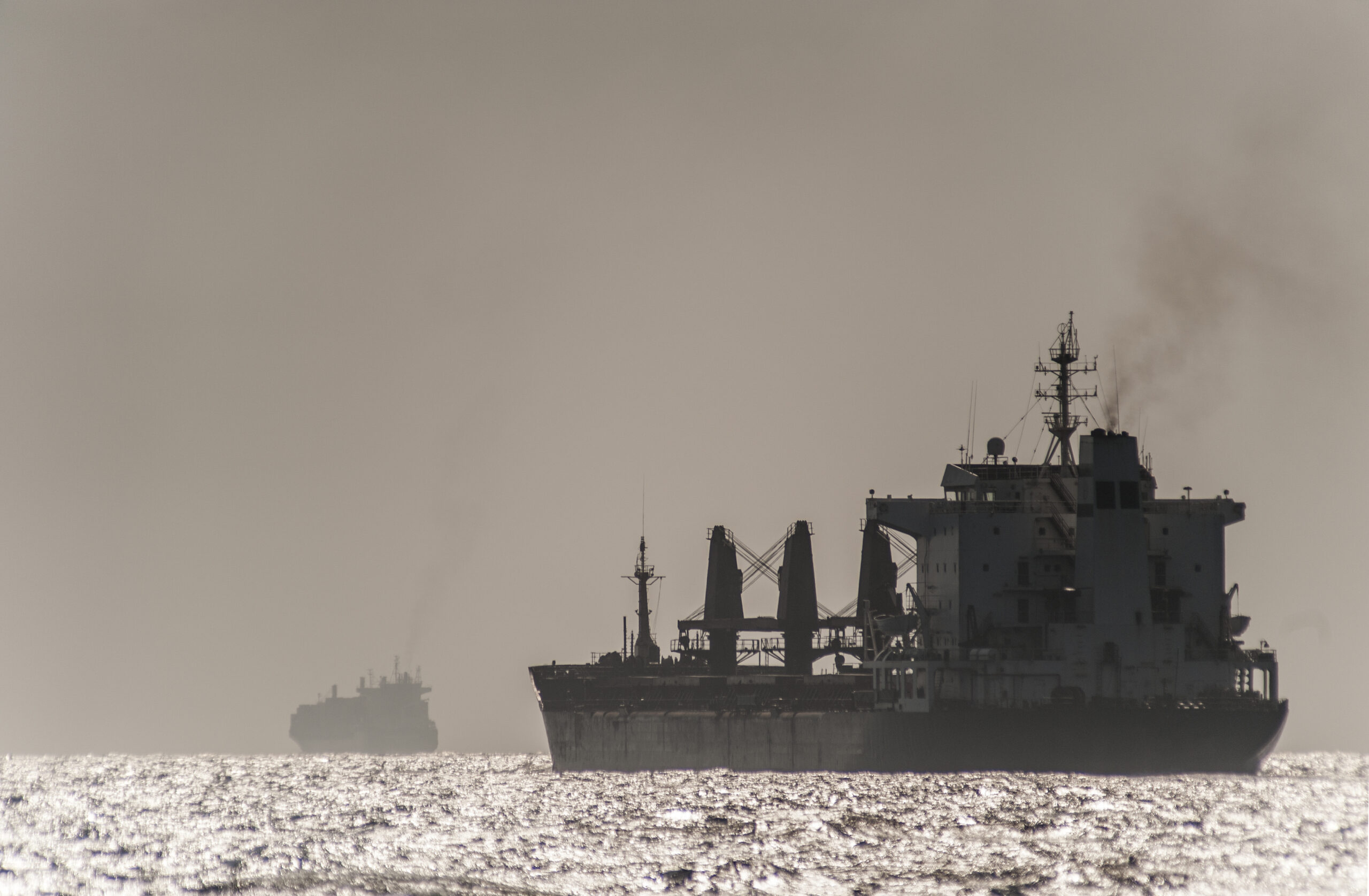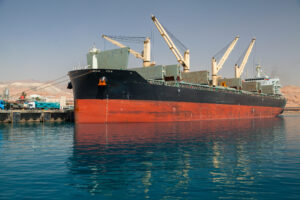
Yemen’s Houthis have escalated attacks on ships passing through the Red Sea during the Israel-Hamas war, raising concerns about the impact on the flow of oil, grain and consumer goods through a major global trade artery.
Supply chain safety and risk concerns rise in the Red Sea and Gulf of Aden as Houthi attacks escalate, says analytics platform Xeneta.
An escalation in Houthi attacks on merchant ships has raised concerns for the safety of global trade, with the Red Sea and Gulf of Aden becoming increasingly volatile.
Furthermore, after the recent Houthi attacks on merchant ships en route in the Red Sea, the International Chamber of Shipping (ICS) urged governments on Friday to send more war vessels in the afflicted area.
The call comes amid increasing talk that the US and its allies might step up their naval presence in the region to protect the key route.
Meanwhile, Peter Sand, Chief Analyst at Xeneta reports that If ships do re-route away from the Suez Canal then it will cause disruption, especially given the ongoing restrictions due to drought at the Panama Canal.
In this case there is the risk rates to be impacted as uncertainty gives opportunity for increases to rates.
What are the alternatives to the Suez Canal?
“The only real alternative to the Suez Canal is going around the Cape of Good Hope, which adds up to 10 days sailing time on an Asia to North Europe or East Mediterranean service. Some ocean freight liner operators may feel this is the best option given the risk to their vessels and crews in the Red Sea and Gulf of Aden,” he says.
Goods might take longer to arrive, but will it cost more money?
In accordance with Peter Sand, there is always the risk rates will be impacted in a scenario such as this.
“Whenever there is uncertainty there is the opportunity for carriers and forwarders to increase rates. Around 50 vessels transit the Suez Canal every day, of which more than a quarter are container ships. Following the Ever Given incident in 2021 we saw rates between Far East and North Europe sky-rocket.
“I am not suggesting anything on that scale, especially because that was also during the pandemic. But I would expect some kind of over-reaction, at least in the short term, where rates jump on all trades which utilise the Suez Canal. Whether that is a 5, 10, 30 percent increase we will not know until we see how the situation evolves in the next few months. We could even see rates double from today’s level if the situation continues to escalate,” Sand pointed out.
The recent attacks are making the industry nervous, and “it’s not being taken lightly,” shipping experts note.
They also predict that everything will be done to mitigate any such threats and keep trade flowing.
ICS emphasized the fact today that the full maritime security architecture in the region should be brought to bear to end these attacks and protect the seafarers and merchant shipping.



